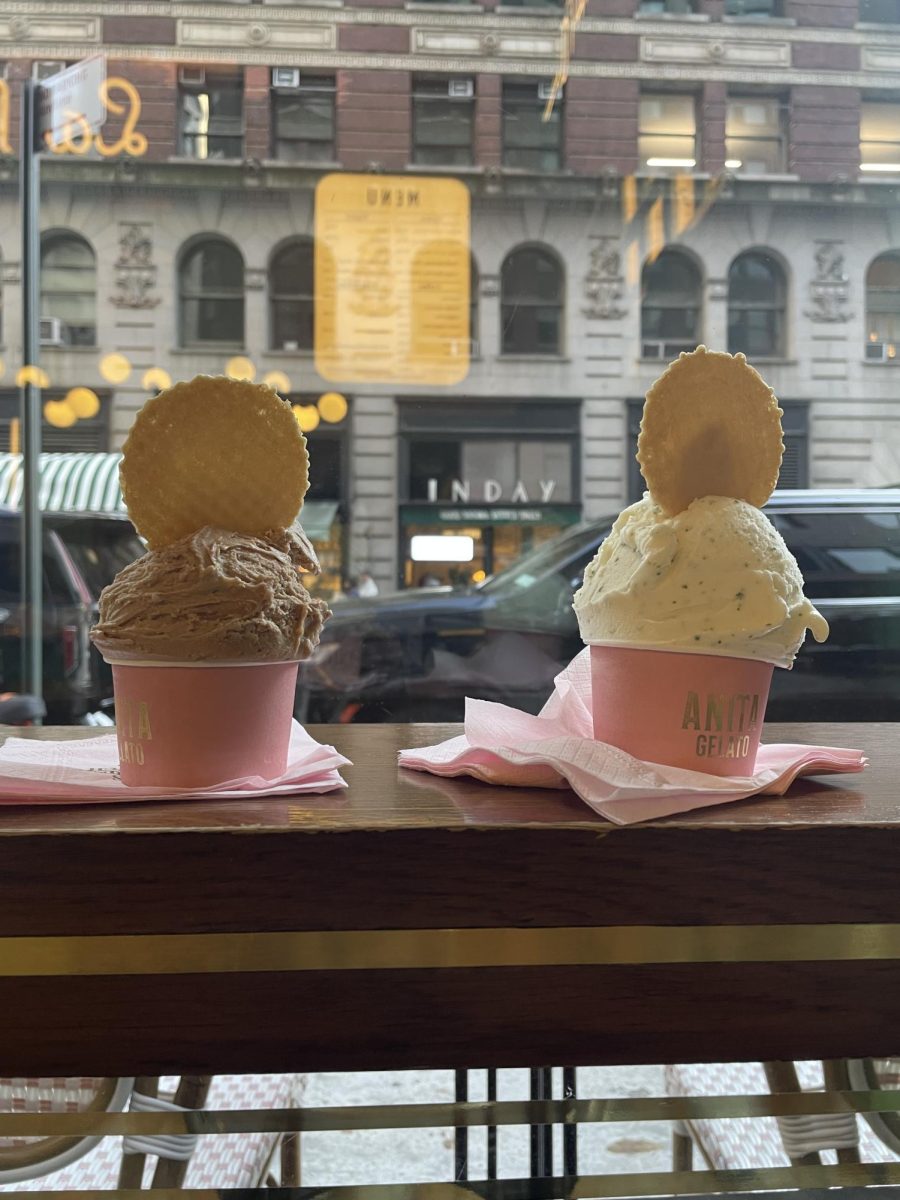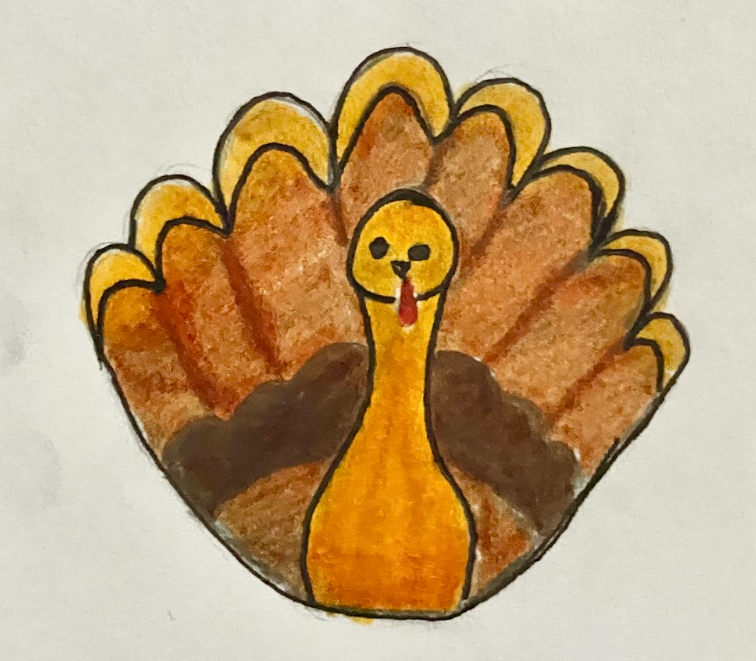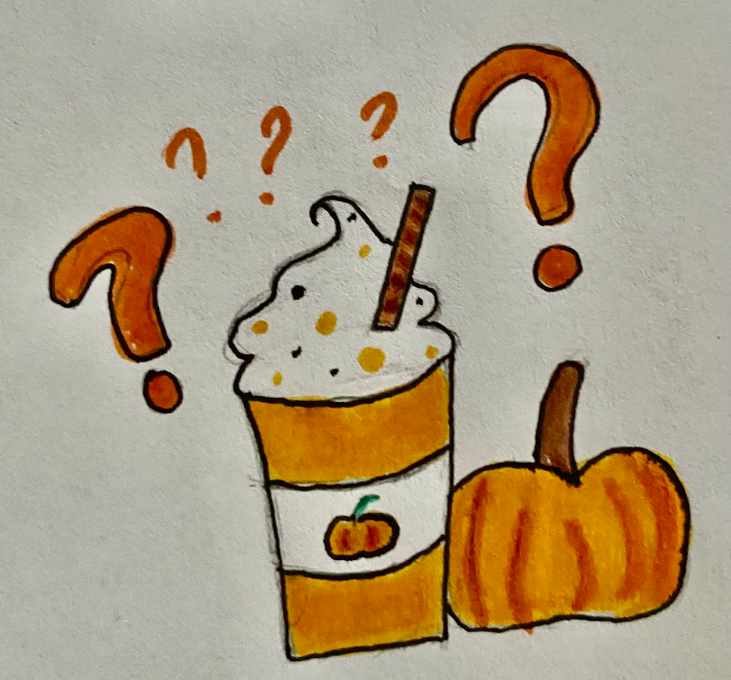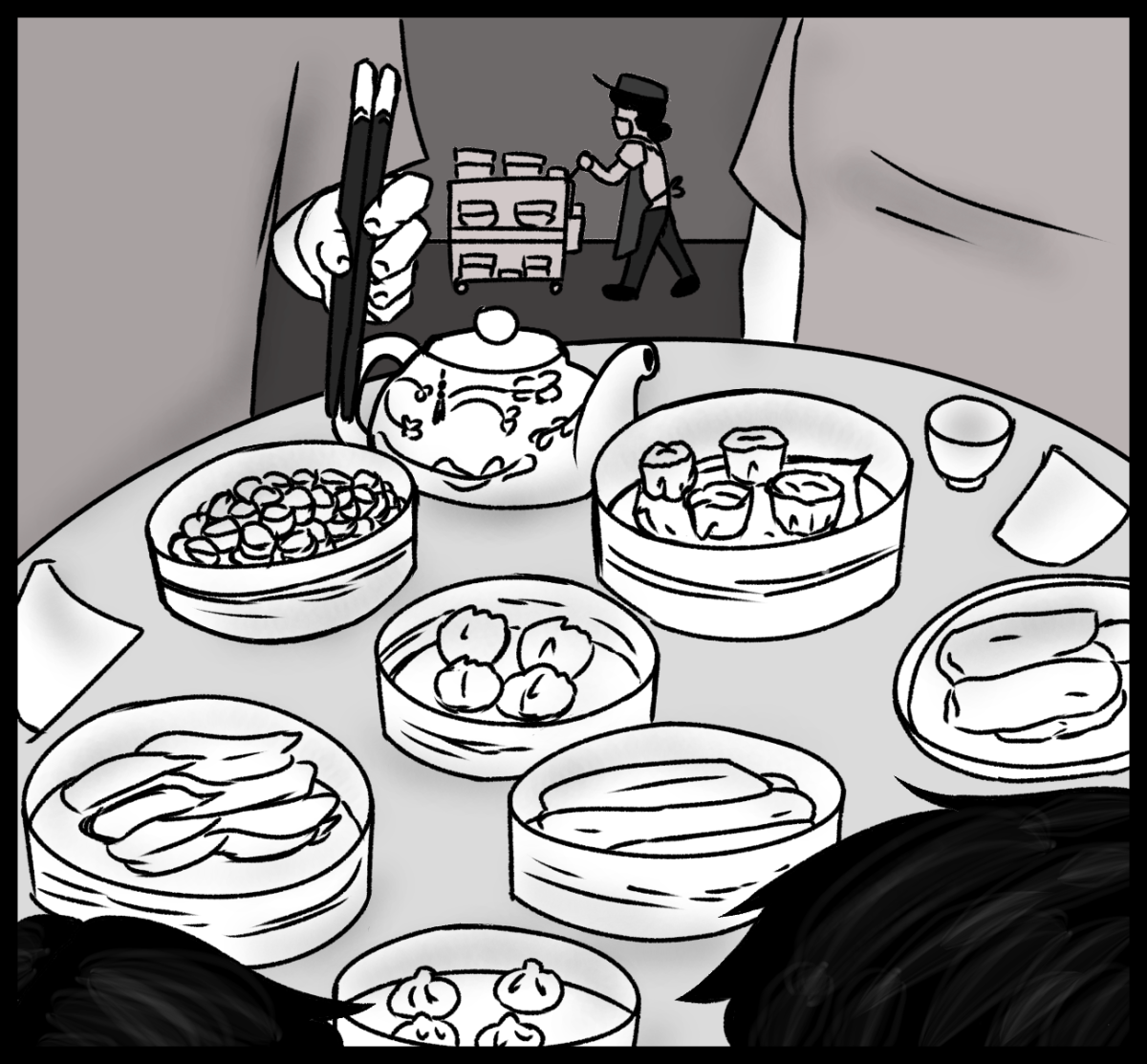What makes some meals so special? I don’t think there is any one “correct” answer, but when I think of Belgian waffles from my favorite cafe down the block or my mother’s home-cooked chicken noodle soup, both meals hold a special place in my heart.
There is one meal that will never fail to bring me joy: dim sum. I’m the type of person who enjoys variety in my meals, and whenever I visit my grandparents, I know I’ll be eating dim sum for the next five days. Yet I don’t dread the repetition—in fact, I actually look forward to it. Maybe it’s the plump pork dumplings, the thick turnip cake, or the aromas of sweet red bean paste and garlicky green beans that I think most fondly of. Or the squeaking of the cart’s wheels that rumble down the aisle (ever so slightly reminiscent of my stomach) as it approaches the table with hot plates of sticky rice and sweet custard buns that bring me so much nostalgia. While these moments of every dim sum experience pleasantly surprise me no matter how many times I go, the highlight of the trip lies not in the food.
The core of my happiness is found in the people around me, for dim sum is not a solitary meal. The large circular table and communal platters encourage large groups of friends and family to sit together. Dim sum is more than just food; it is a way to bring people together while creating long-lasting memories of joy and laughter. The absolute worst part of the whole experience is getting there early before others arrive, having to stare at what seems like an abyss of empty seats encompassing me. So from all the years of experience of eating dim sum, I’ve learned to get there perfectly on time, or even a few minutes later—just in time to pitch in my vote for the order, but late enough that I can be welcomed by a crowd of friends and family.
I firmly believe that while a combination of the flavors and deliciousness of the food matter, it is the interactions, the memories, and the people that make dim sum an experience: one that not only occurs in the moment but that can stay with you, making you eager for the next chance to sit at the round table and listen to the creaking of the cart as it moves across the room another time.
Now, of course, everyone has different preferences when it comes to food. My favorite meal might not garner the same love from other people, but I was curious about other people’s favorite meals, and if it was possible for dishes so different to carry similar levels of significance. Kimberly Yuen (‘26) reflected, “One of my favorite dishes is stir-fried rice cakes, a savory dish with chewy rice cakes that absorb so much flavor from the sauce. It’s not only delicious, but has a deeper meaning for me. In my culture, Lunar New Year is a huge deal: On that day, my family comes together and eats them for dinner. It’s a dish we eat at a really important moment that symbolizes hope for the new year.” Clodagh Finucane (‘26) also shares a similar passion for a dish from a different culture: “A dish that means a lot to me is shepherd’s pie because my mom makes it when family is visiting, so every time I eat it, wherever I am, I’m reminded of home.”
From these varying responses, we can take away that the communal experience of a meal unites people across cultures and spices. While a meal cannot (and should not) last forever, the memories made from spending time and having fun with those you love can always stay with you. So I ask one more question: Who or what makes your favorite dish a memorable experience?
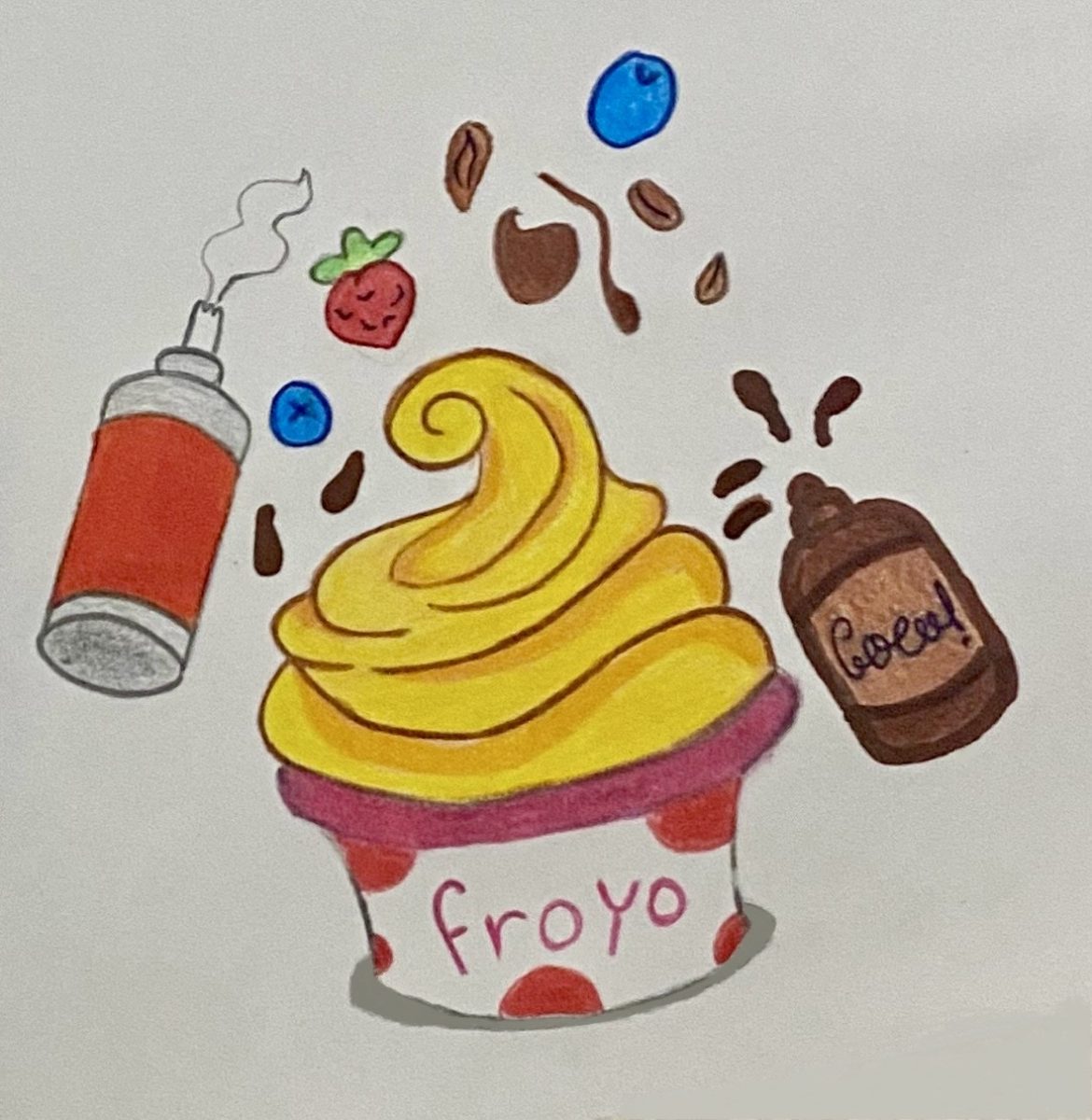

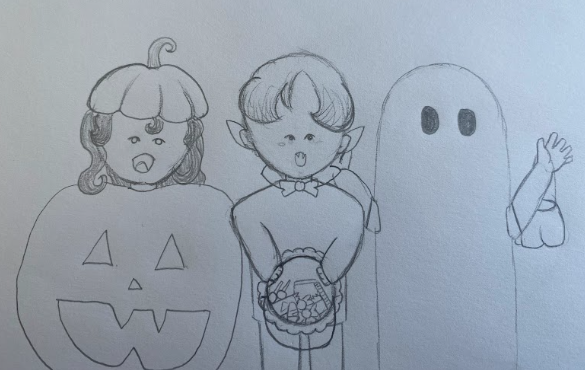



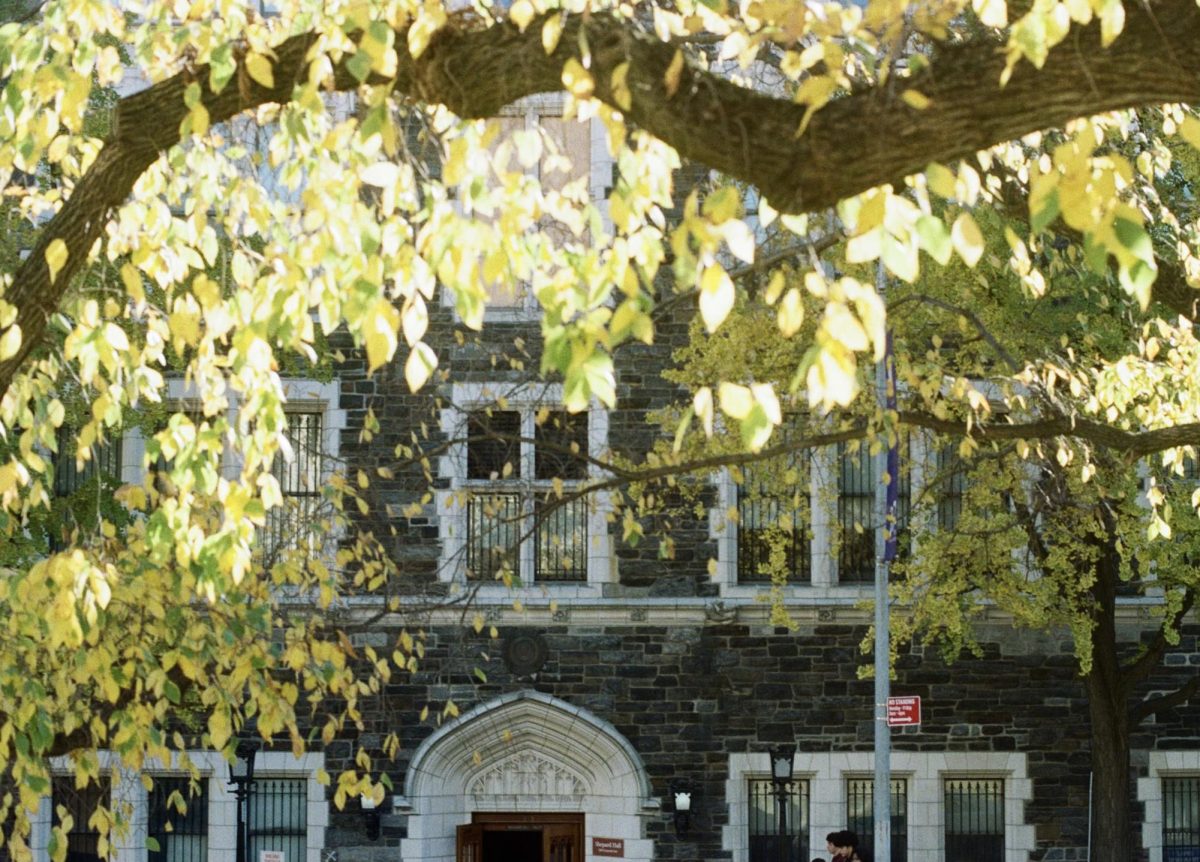


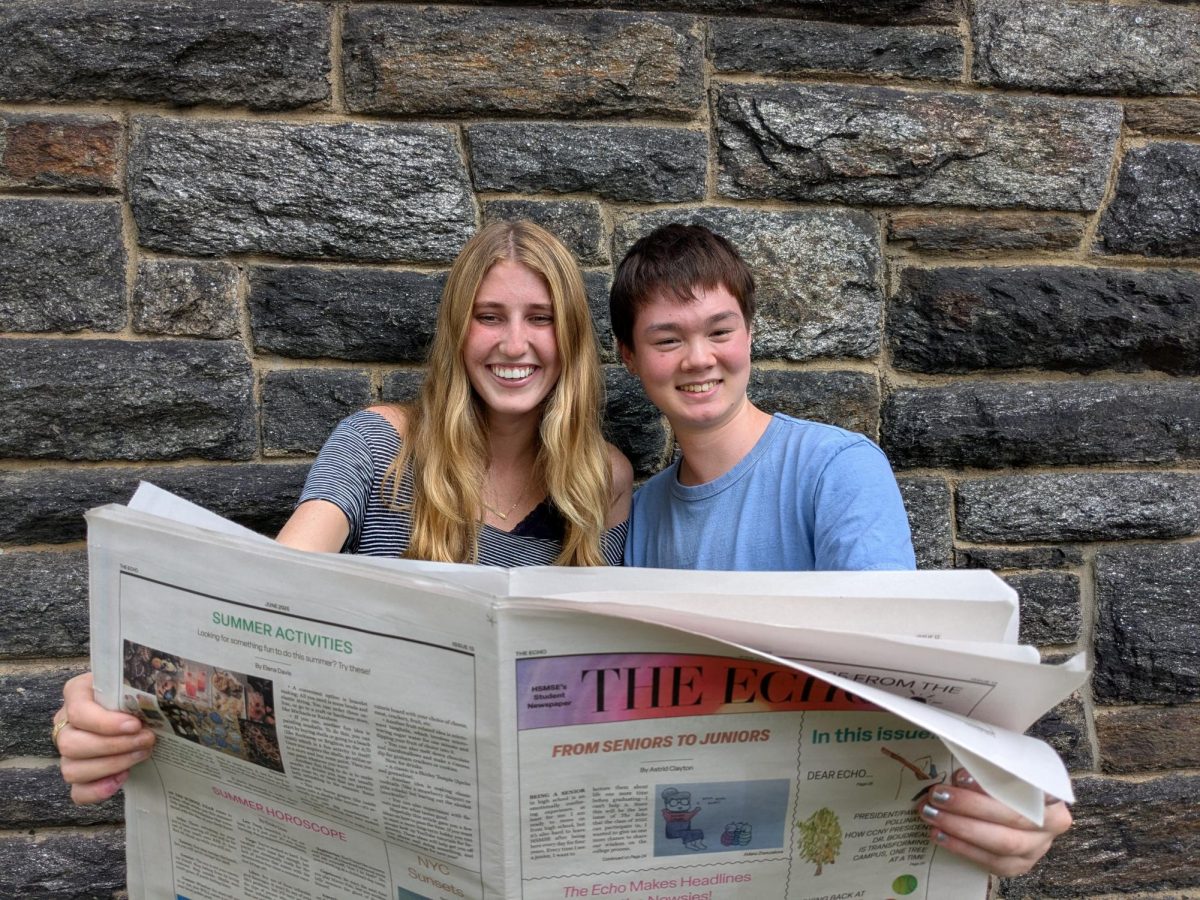


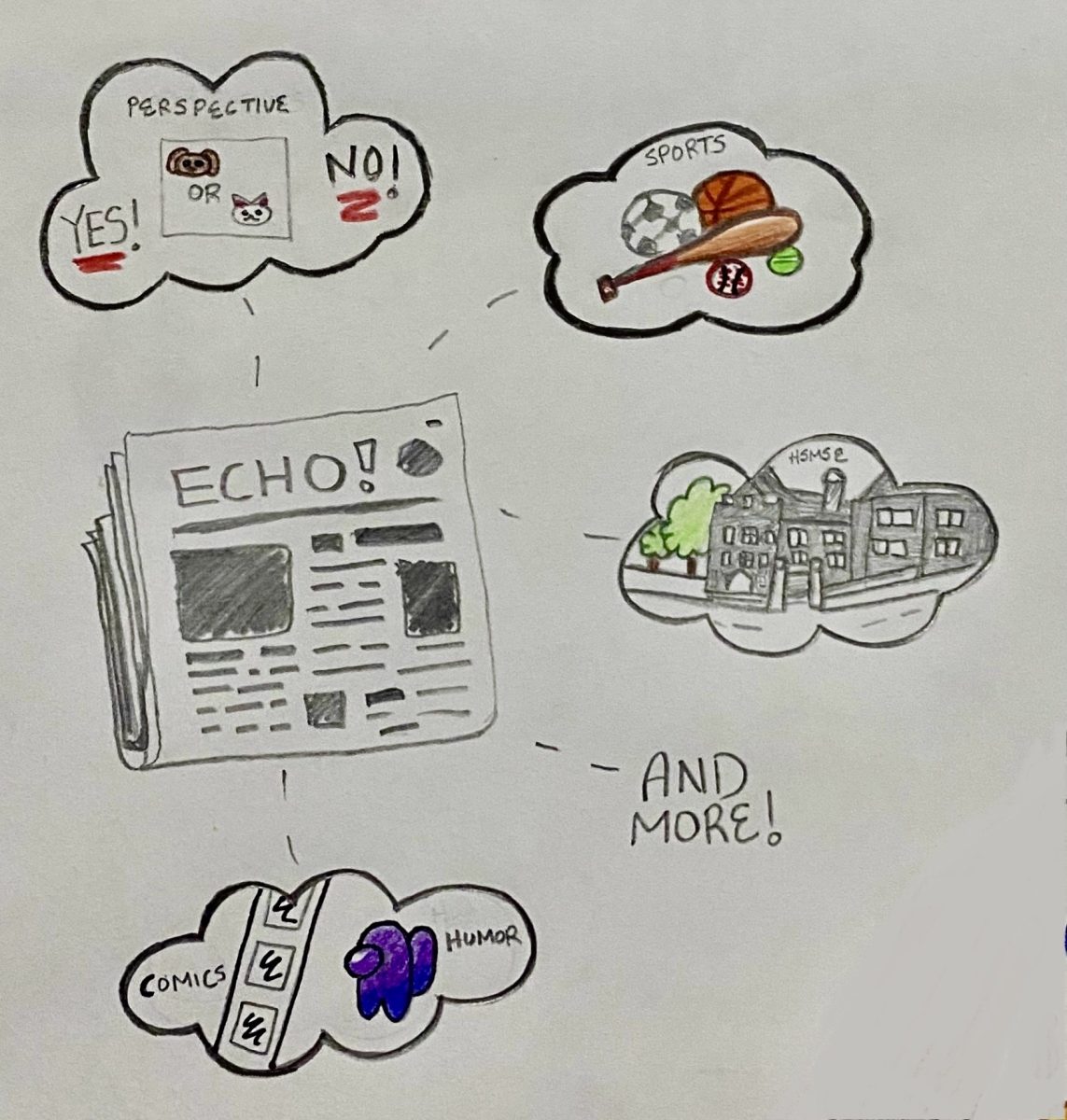

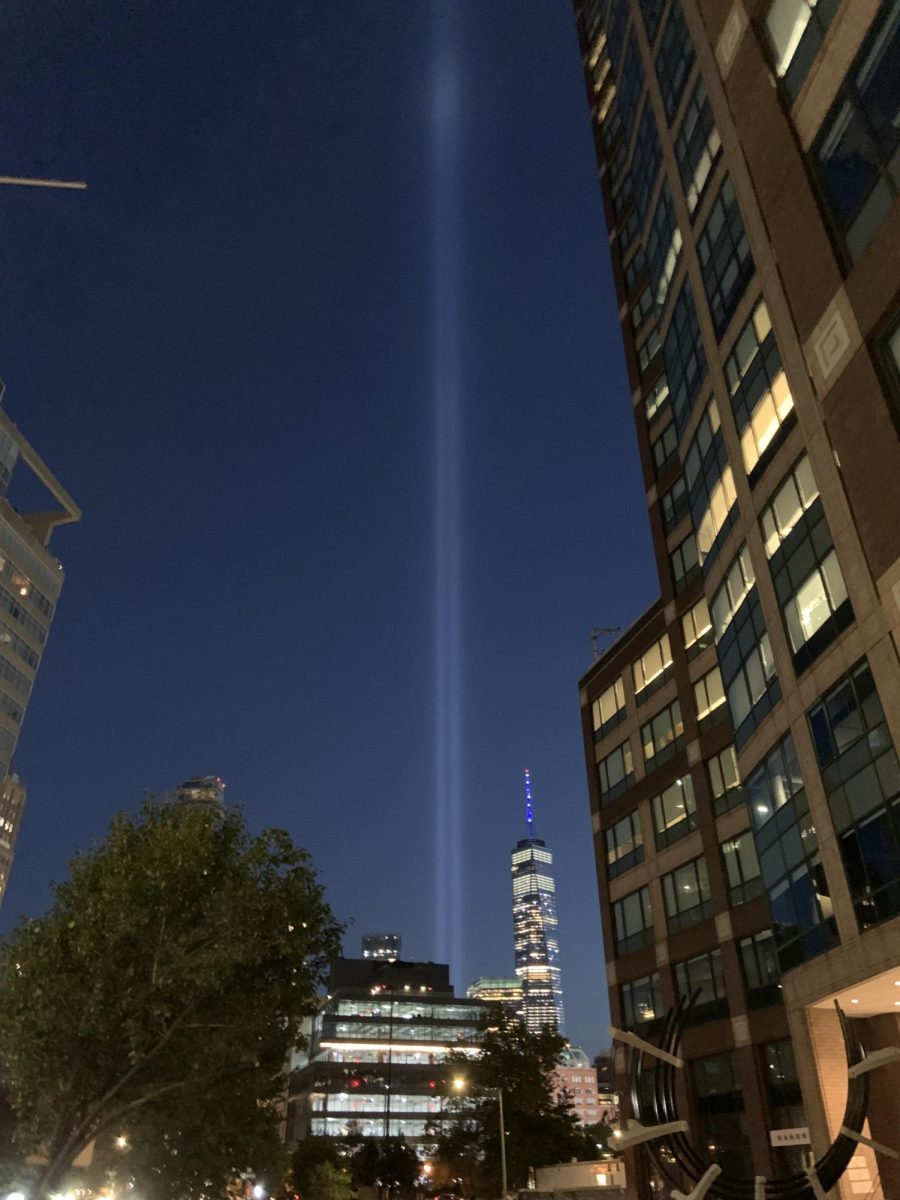

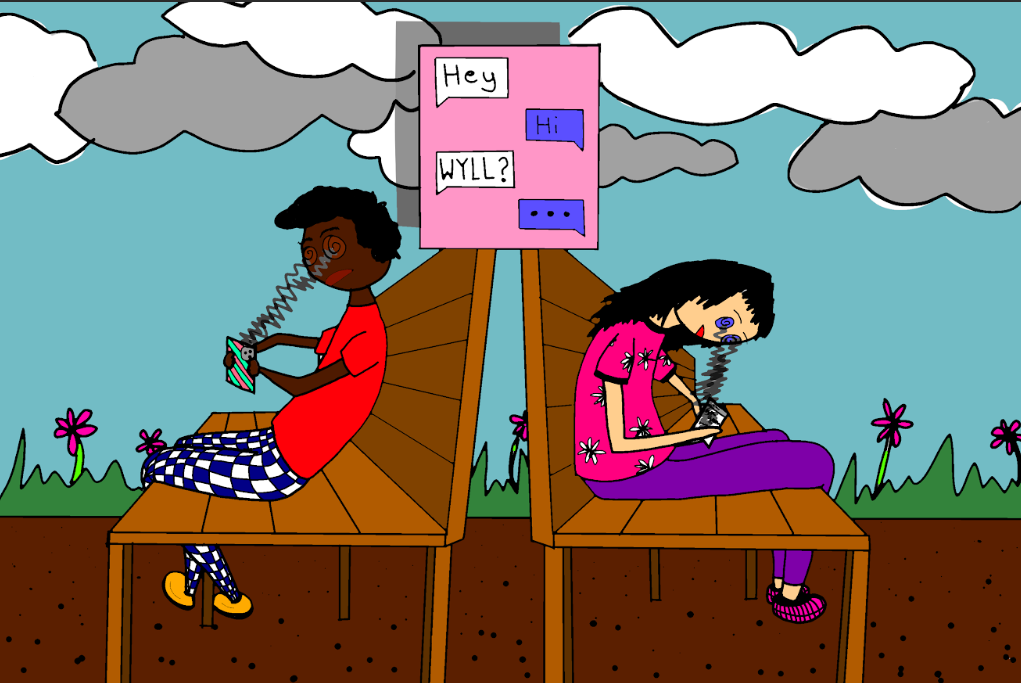
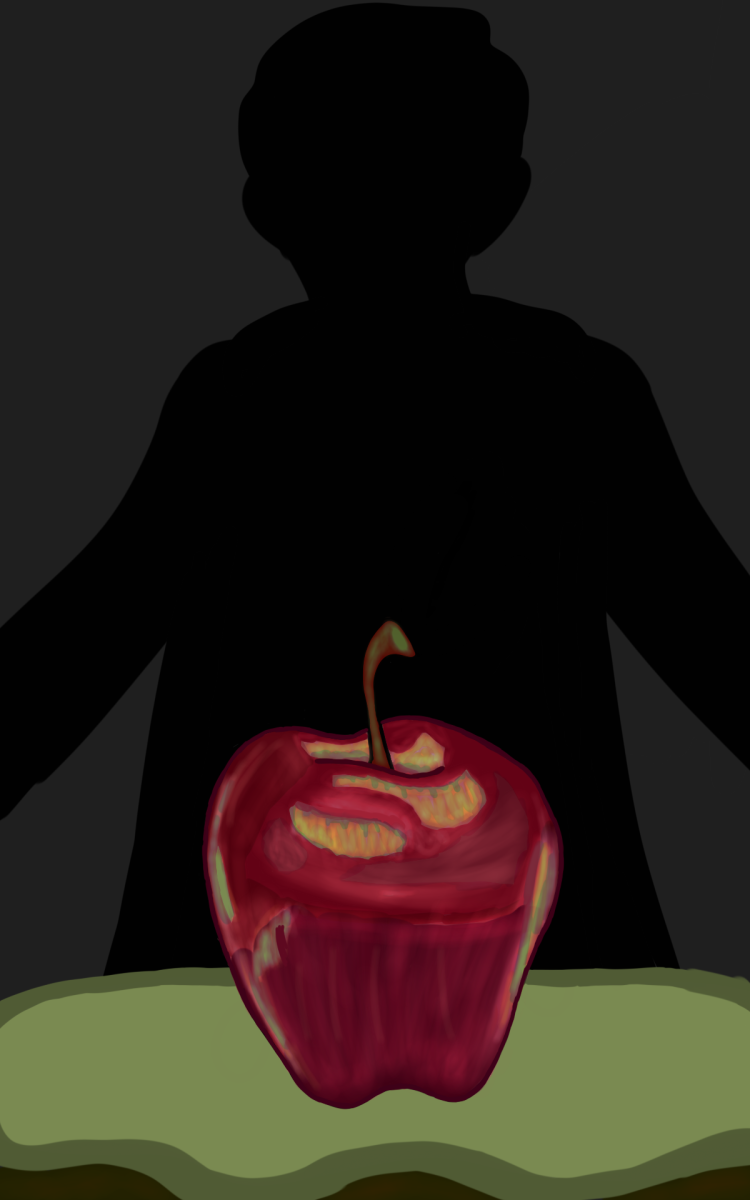
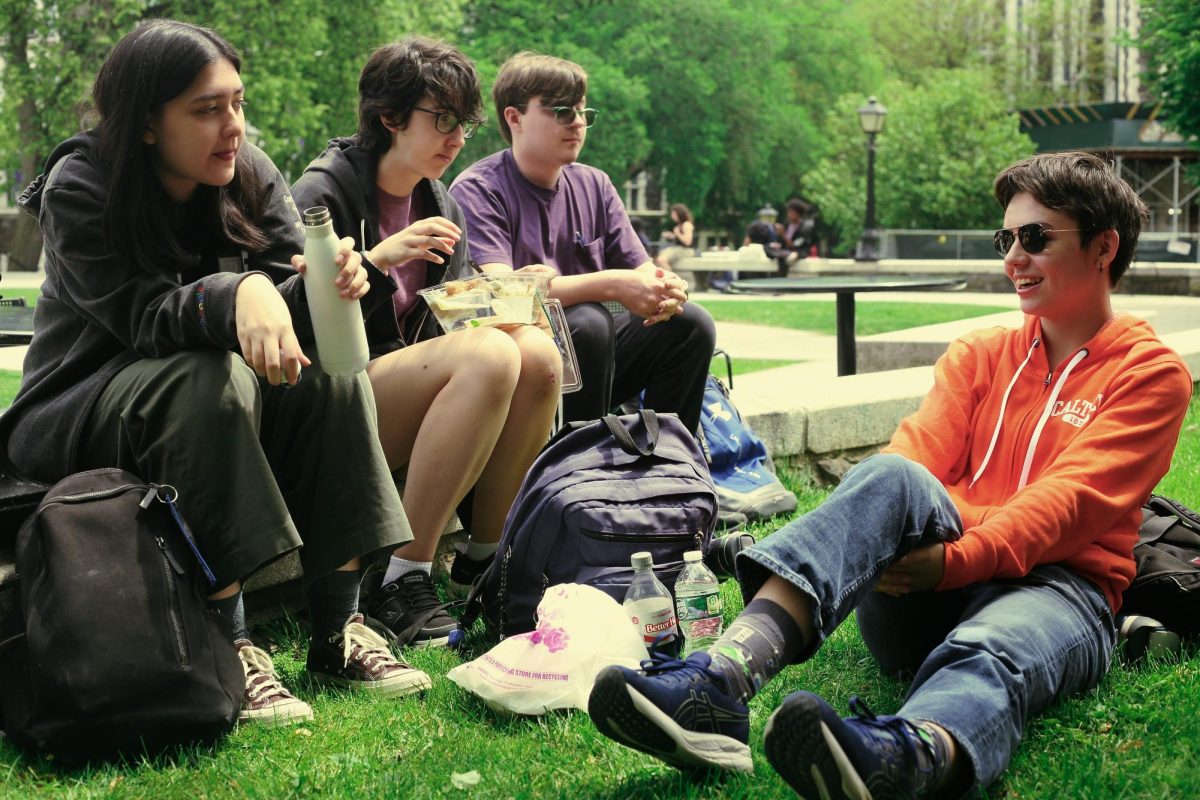

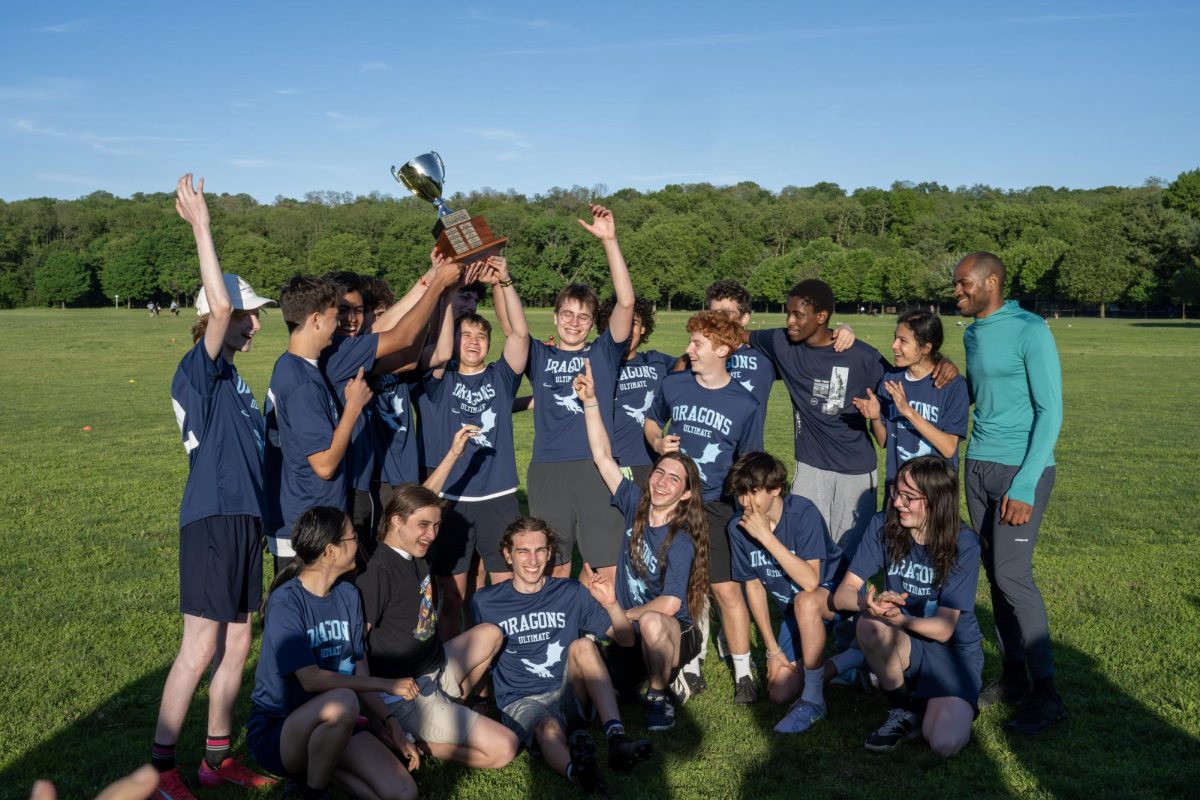

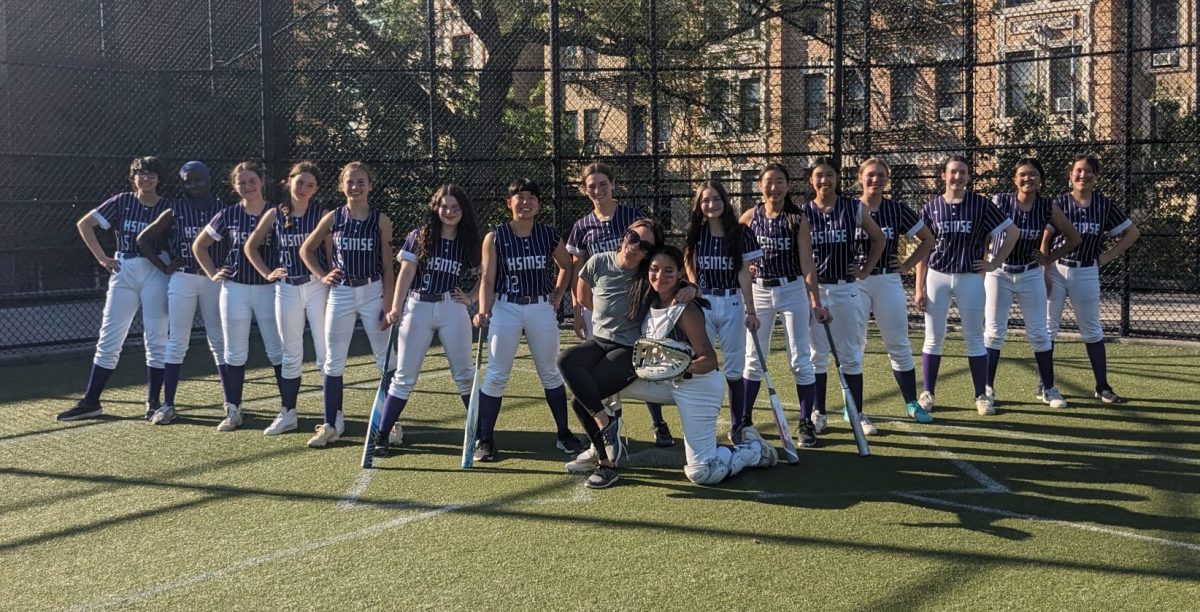

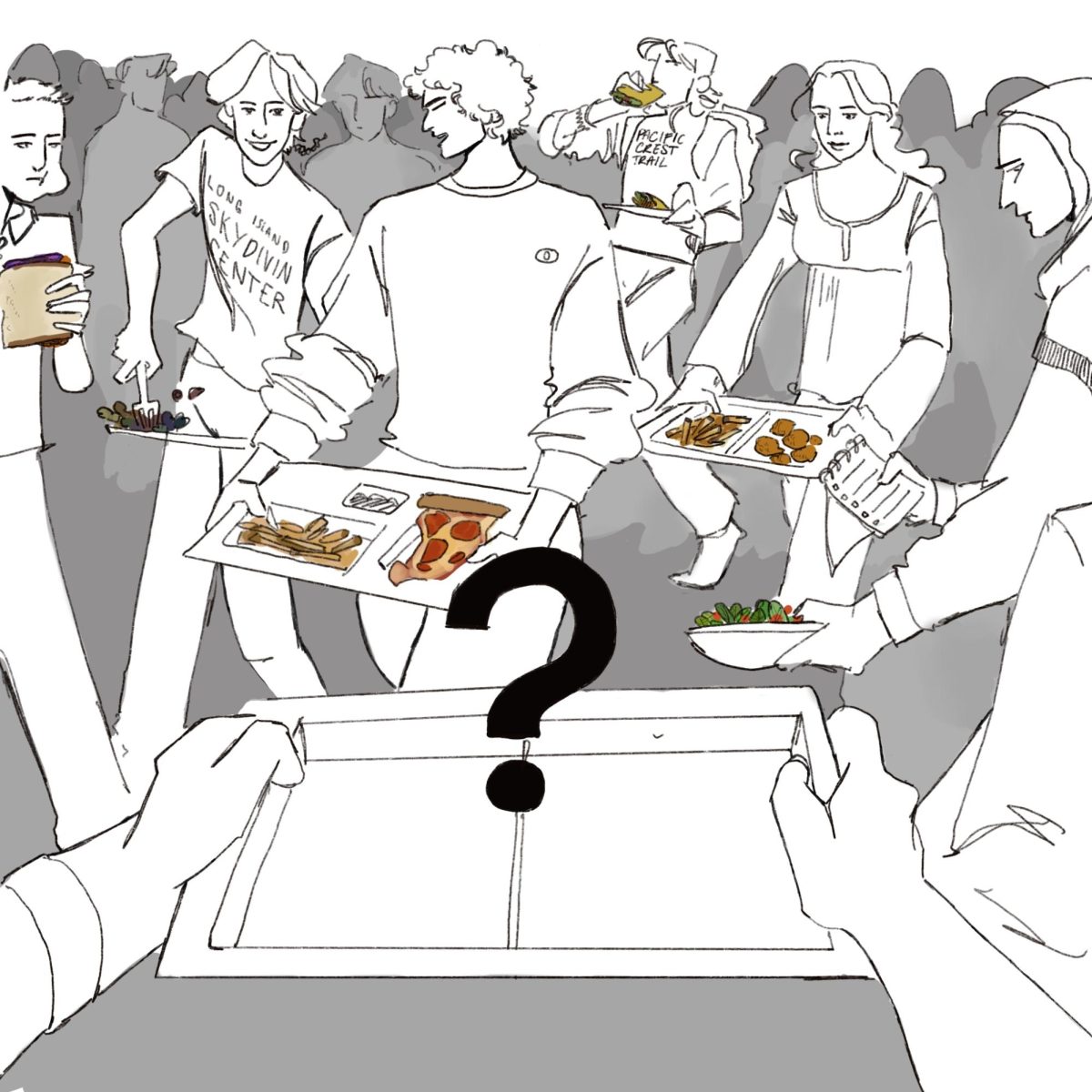


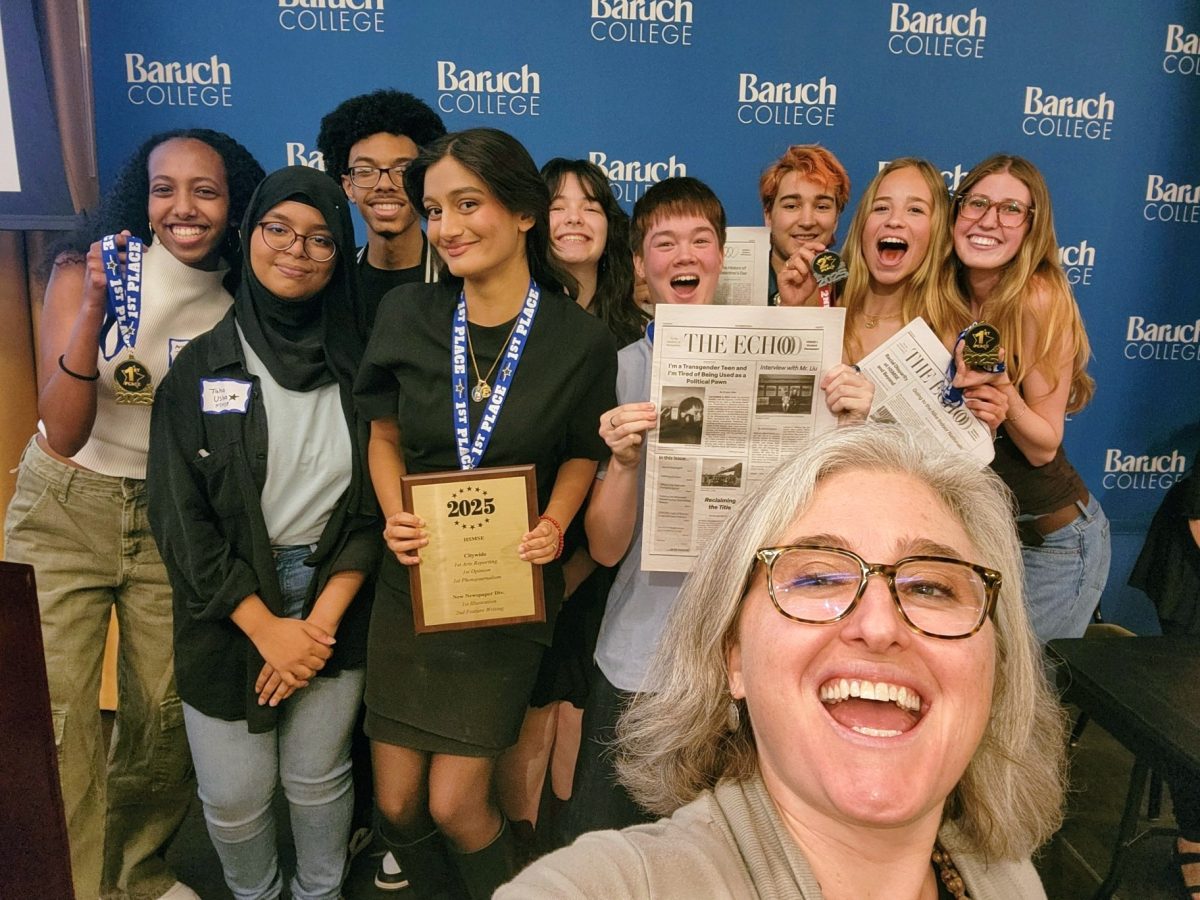


![[ERROR]: Lack of Women in the Software Industry](https://theechohsmse.com/wp-content/uploads/2024/12/APC_0280-984x1200.jpeg)






